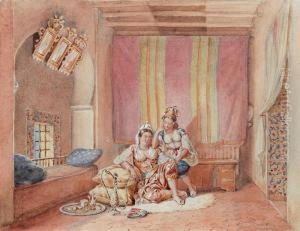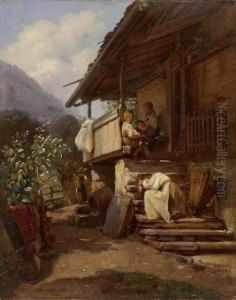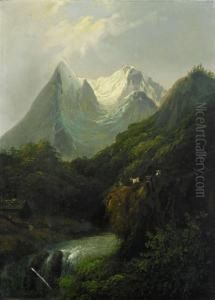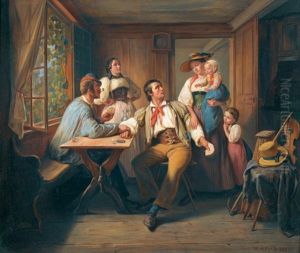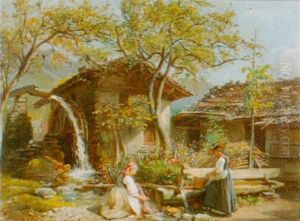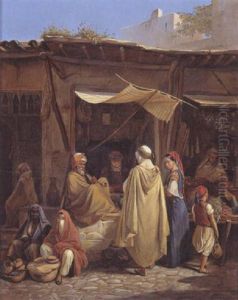William Moritz Paintings
William Moritz was not primarily known as a visual artist, but rather as a historian, teacher, and writer specializing in the field of experimental film, animation, and visual music. Born on June 17, 1941, in Ithaca, New York, Moritz’s contributions to the art world are most notable in his scholarly work, particularly on the German-American artist Oskar Fischinger, an influential figure in abstract animation and visual music.
Moritz earned his BA in English and MA in Cinema from the University of Southern California (USC), and he pursued his Ph.D. at the Union Graduate School. His academic career included teaching positions at various institutions, including the California Institute of the Arts (CalArts) and the Art Center College of Design in Pasadena.
Throughout his career, Moritz wrote extensively on the history of animation and abstract cinema. He became the leading authority on Oskar Fischinger and worked tirelessly to preserve and promote Fischinger's legacy. Moritz's research was instrumental in the resurgence of interest in Fischinger's work and in the broader field of visual music. He curated numerous exhibitions, organized retrospectives, and authored many articles and book chapters. His book 'Optical Poetry: The Life and Work of Oskar Fischinger' remains a critical resource for understanding the artist and his impact on animation and film.
In addition to his research on Fischinger, Moritz was deeply involved in the study and preservation of other experimental filmmakers and animators, such as Jordan Belson and Norman McLaren. He contributed to the field not only through his scholarly work but also through his involvement with archives and his efforts to restore and preserve classic experimental films.
William Moritz passed away on March 12, 2004, in Los Angeles, California. His work left an indelible mark on the study of experimental film and animation, and his legacy continues through the many students he taught and the scholarship that builds upon his foundational research.
